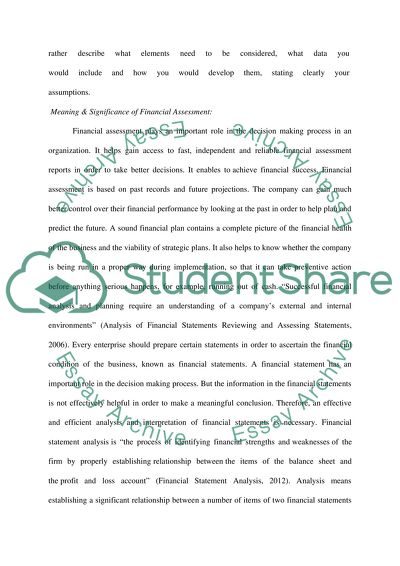Cite this document
(“Meaning & Significance of Financial Assessment Assignment”, n.d.)
Meaning & Significance of Financial Assessment Assignment. Retrieved from https://studentshare.org/finance-accounting/1399579-financial-management
Meaning & Significance of Financial Assessment Assignment. Retrieved from https://studentshare.org/finance-accounting/1399579-financial-management
(Meaning & Significance of Financial Assessment Assignment)
Meaning & Significance of Financial Assessment Assignment. https://studentshare.org/finance-accounting/1399579-financial-management.
Meaning & Significance of Financial Assessment Assignment. https://studentshare.org/finance-accounting/1399579-financial-management.
“Meaning & Significance of Financial Assessment Assignment”, n.d. https://studentshare.org/finance-accounting/1399579-financial-management.


